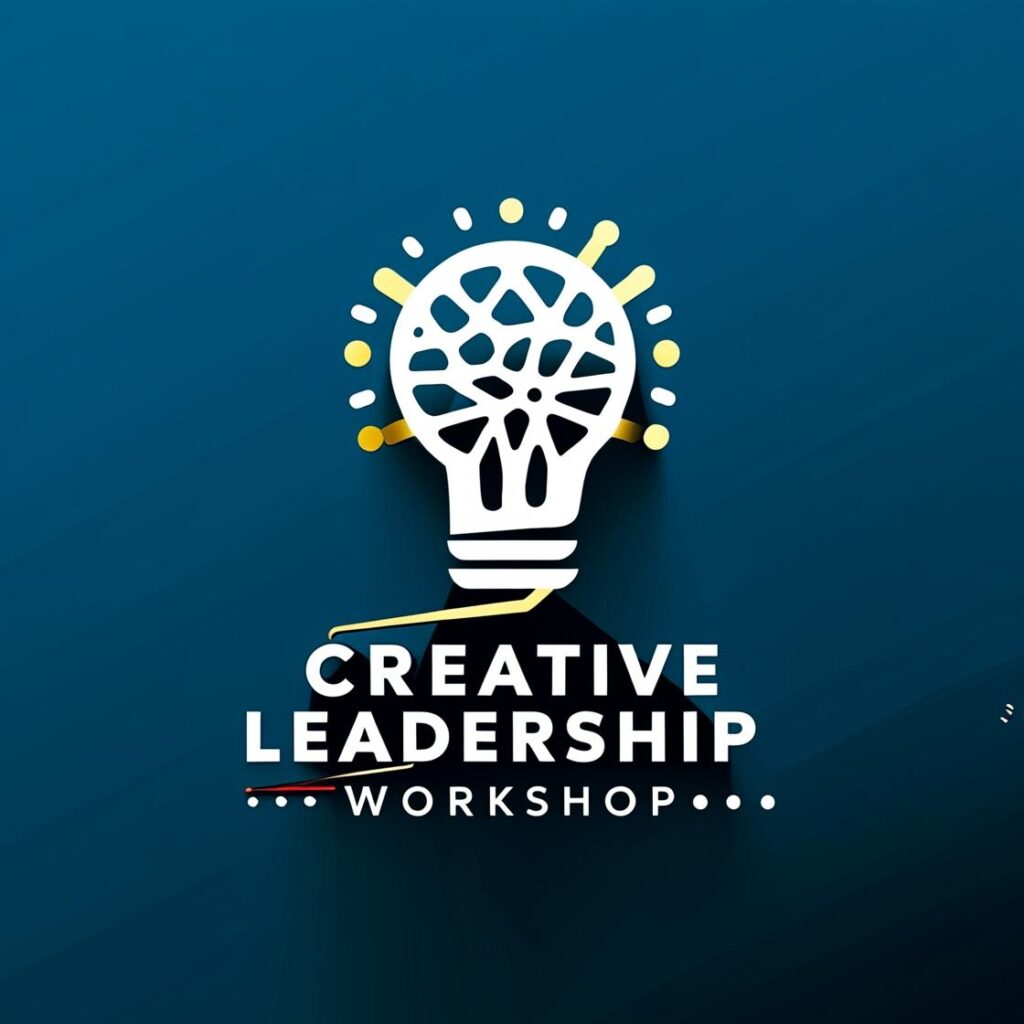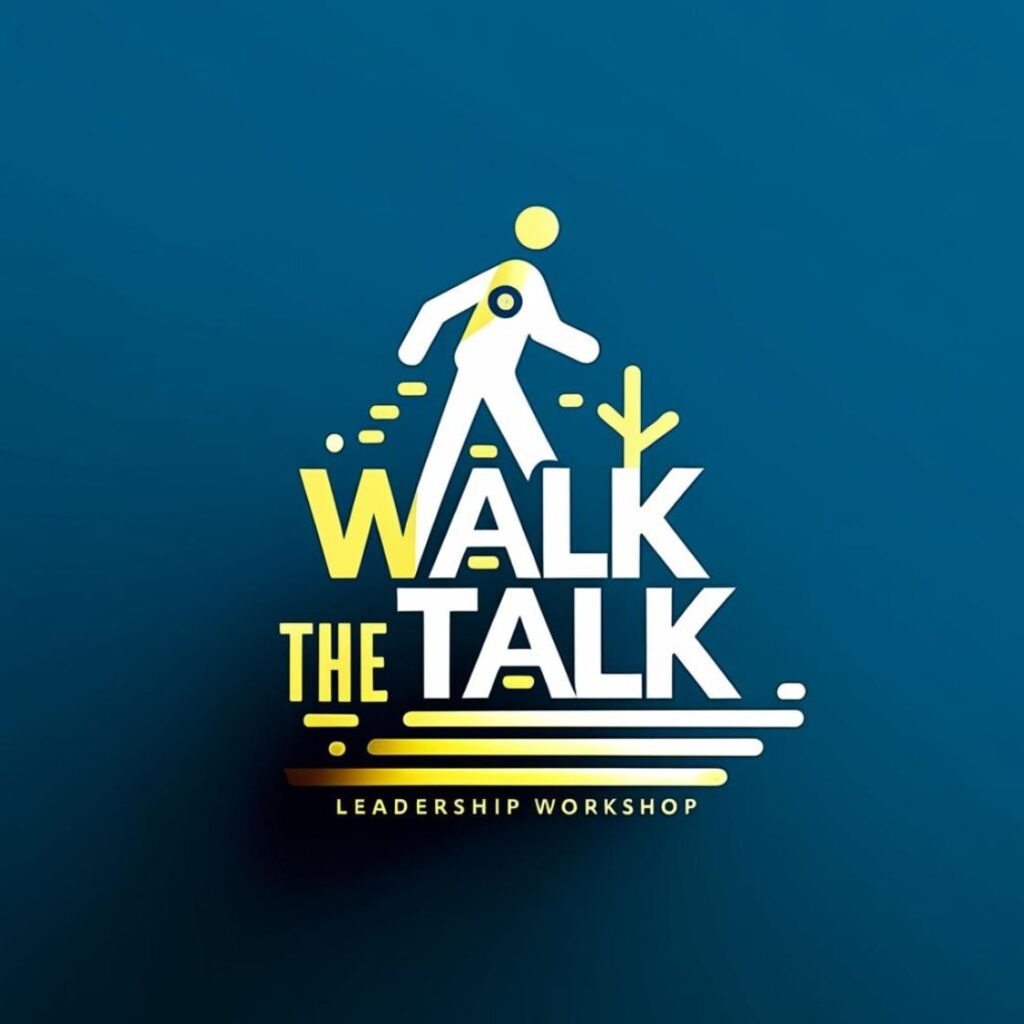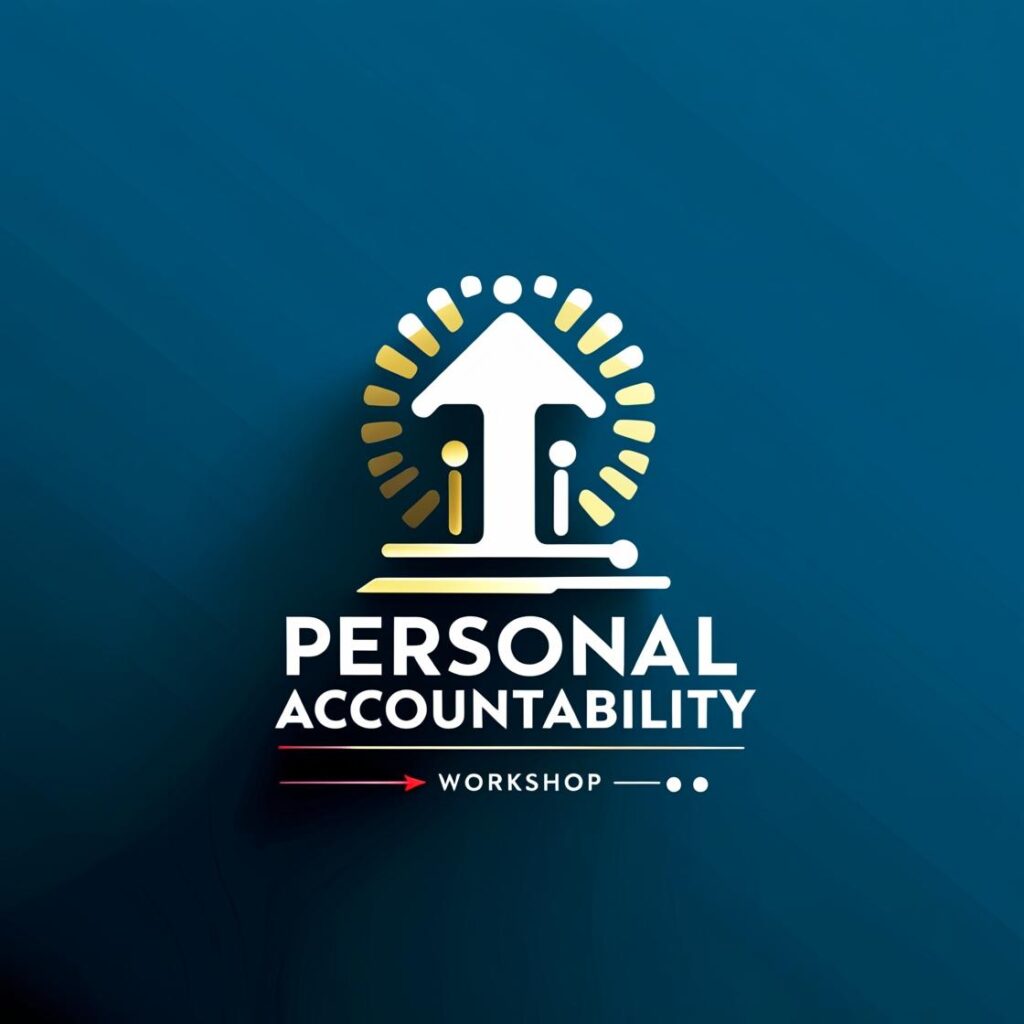I’m often invited to speak about entrepreneurship. But let me tell you, my inspiration doesn’t come from textbooks. It comes from remarkable people who turned their dreams into reality.
Today, I want to share the stories of some of the most successful entrepreneurs in the Philippines.
For Entrepreneurs Who Want More Than Ideas
If you’re an entrepreneur looking to inspire your team, I can help. As a motivational speaker in the Philippines, I’ve spoken to founders and startups on how to shift from vision to execution.
Successful Filipino Entrepreneurs
May these stories inspire you and serve as guides for overcoming challenges and achieving greatness. Let’s dive in!
1. Henry Sy (Shoe Mart)

Henry Sy’s story begins in Jinjang, Xiamen, China. He was born into a low-income household, and life was tough. In 1936, seeking better opportunities, his family moved to the Philippines and opened a tiny convenience shop in Manila.
Just when things seemed to be looking up, World War II broke out and their business was ruined. But Henry didn’t give up.
Henry started selling worn military combat boots and other items to American soldiers. This was the birth of Shoe Mart, Manila’s first shoe store. Even when he couldn’t find vendors to make the shoes he wanted, Henry persisted. His determination turned a humble shoe store into SM, one of the country’s retail giants.
Today, SM malls are more than just shopping centers. They’re places where families create memories, where people go for dates, and where kids learn to ice skate.
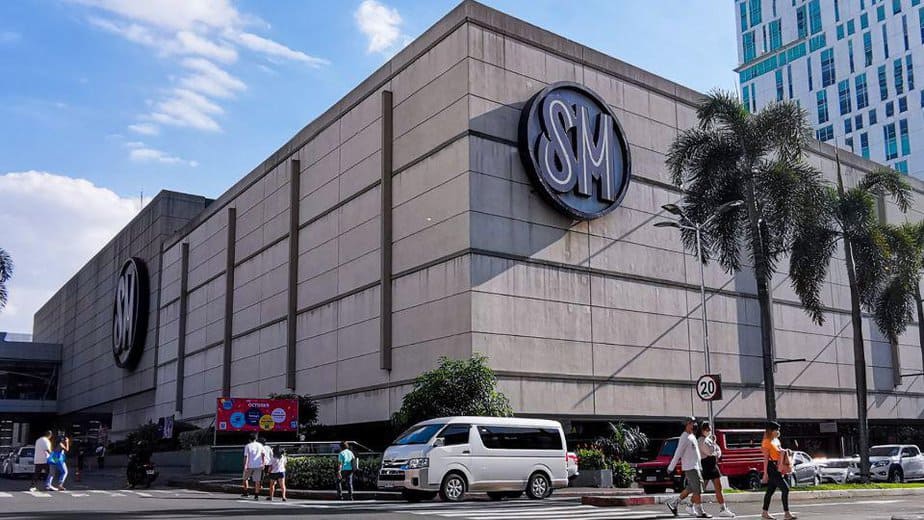
Every time I hear “We’ve got it all for you”, SM comes to mind. They made it into a brilliant jingle. I think that perhaps, he also inspired another billionaire who attached “All” to the name of their stores.
Today, his children are among the richest Filipinos.
Henry Sy, who passed away in 2019 at the age of 94, left behind a legacy of perseverance and innovation. He showed us that no matter how big the odds, with hard work, you can create something extraordinary.
2. Tony Tan Caktiong (Jollibee Foods)

Tony Tan Caktiong’s story is one of turning challenges into opportunities. Another Chinese immigrant, Tony’s family owned a small restaurant in Manila. This helped him finish college.
In 1975, Tony bought an ice cream shop. When sales were low, he didn’t close down. Instead, he added fried chicken, fries, and burgers to the menu.
I first heard of the Jollibee story in a Magnolia Ice Cream shop in New Manila. I was a teacher in a nearby school in 4th Street. But I think his first store was in Cubao.
The logo of Jollibee was the first one recognized by my son when he was one year old. He called it “bee”. It was where he celebrated his first birthday. Because most kids believed that in Jollibee, “Bida ang saya”.
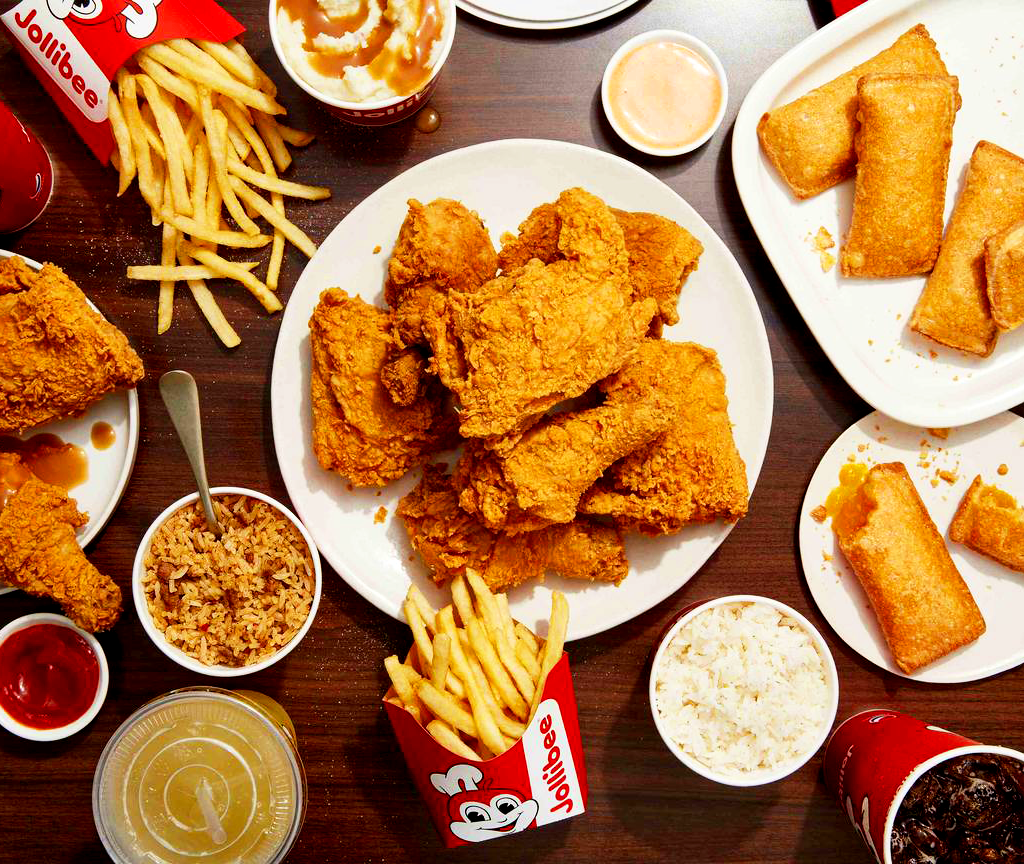
Anyhoo, I digress.
Word spread about his delicious food, and soon customers flocked to his store. Embracing the fast-food business model, Tony expanded his small shop into what we now know as Jollibee.
With over 2,500 outlets in the Philippines and locations worldwide, Jollibee is a fast-food powerhouse. Tony showed us that innovation and resilience can turn a small business into a global brand.
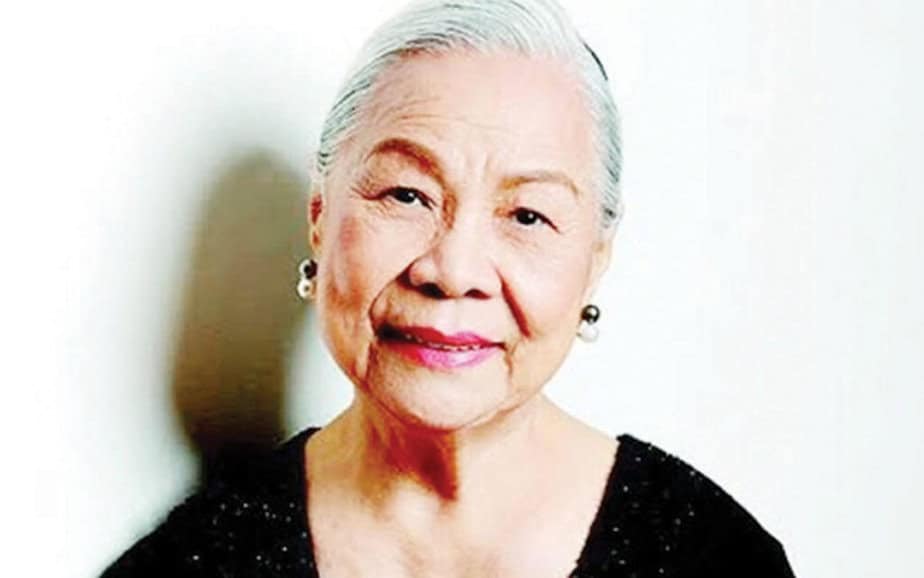
3. Socorro Ramos (National Book Store)
Socorro Ramos’s journey began as a salesgirl in a bookshop. With a capital of PHP200, she and her husband opened the National Book Store in Escolta when she was just 19. They sold books and school supplies, but during the Japanese occupation, books were censored. Socorro and her husband didn’t quit. They sold candles and soaps to survive.
You may think that you can not start a business with 200 pesos. Many people think so too. But if beggars can earn more than 200 pesos a day, we can surely earn more than that by providing services. We can save money. And start a business with a small capital. Sorry, but “no capital” cannot stop an entrepreneur.
Let’s continue.
After the war, their business boomed. They built a nine-story building and expanded their product range. Socorro’s hands-on approach, from designing the company logo to managing daily operations, played a huge part in its success.
Many professionals of my age are “Laking National”. My favorite place to buy books was the one in Araneta Cubao. My mentor told me inspiring stories about Socorro. And I will write a separate article about her soon.
Today, the National Book Store is a beloved institution with around 3,000 employees. Socorro, now worth an estimated USD 3.1 billion, teaches us that determination and adaptability are key to success.

4. John Gokongwei Jr. (J.G. Holdings)
John Gokongwei Jr.’s life was a rollercoaster. Born into a wealthy family in China, he moved to Cebu with his family. When his father died, their fortune disappeared.
John supported his family by peddling goods on his bicycle. He then traded by boat and truck and later began importing from the United States.
Seeing that trading had its limits, John borrowed PHP 500,000 to start a maize milling company. This venture, Universal Corn Products, was a success.
But John didn’t stop there.
He diversified his business, creating Universal Robina Corporation. Today, his family owns Robinsons Supermarkets, Department Stores, and Cebu Pacific. And while writing this, I realized that I consumed much of his products. I even use GoTyme for online transactions.
John’s story shows that perseverance and innovation can rebuild and grow even from the toughest setbacks.
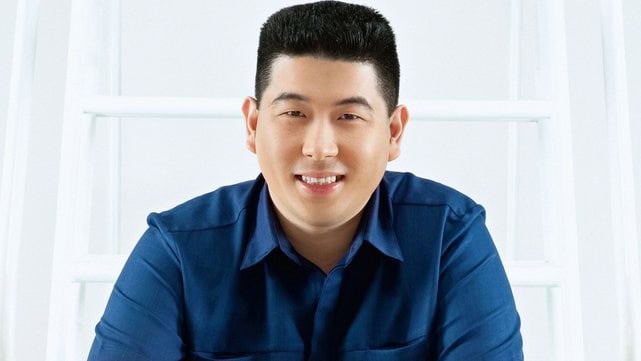
5. Edgar Sia (Mang Inasal)
Edgar Sia, from Iloilo City, dropped out of college at 19 to start his own laundry and photo-developing business. At 26, he launched Mang Inasal, a fast-food restaurant specializing in grilled chicken. His first branch was in a mall parking lot, but it quickly became popular for its unique flavor and unlimited rice meals.
A friend told me that his strategy was to put up a Mang Inasal branch where there is Jollibee. He told me this while we were eating at a Mang Inasal branch in Cubao, which was very near to a Jollibee store. And I understood at once. Though I love Jollibee, Mang Inasal offers something that I cannot find in Jollibee.
Inasal is not new. During that time, there were many inasals in Kamuning where I lived. But most times, these stores avoided Jollibee. Edgar Sia did the opposite.
In 2010, Jollibee bought Mang Inasal for PHP 5 billion. Edgar invested in banking and healthcare, becoming the country’s youngest billionaire at 42. His story is a testament to how a great idea, paired with hard work, can lead to tremendous success.
6. Mariano Que (Mercury Drug)
After WWII, Mariano Que saw an opportunity. Having worked at a drugstore before the war, he noticed the high demand for sulfa, an antibiotic. He began selling good-quality sulfa at low prices and quickly built a customer base. In 1945, he founded Mercury Drug, named after the Roman god of speed and medicine.
There are many drug stores today. But when I was young, people always look for a Mercury Drug.
When I was young, I thought it was because their employees look neat and professional. We bought that idea that in Mercury Drug “nakasisiguro gamot ay laging bago”. That was very powerful. During Marcos’s time (the old Macoy), it was believed that government distributes expired medicines. I am sharing this to show how effective the messaging is.
When the generic law was passed ( a big help for Filipinos), new drug stores use “generic” as a brand name. I buy from these drug stores too. But I Mercury Drug is still first in mind.
Mercury Drug became one of the most well-known pharmacy chains in the Philippines. Mariano’s knowledge and commitment to providing affordable medicine made his business a staple in Filipino healthcare. His story highlights the importance of seeing opportunities and acting on them swiftly.
7. Cresida Tueres (Greenwich Pizza)
Cresida Tueres started Greenwich Pizza as a small over-the-counter shop in Greenhills in 1971. With a knack for cooking, she impressed friends and family, who helped her grow the business.
I had no idea that Greenwich Pizza is from the Philippines until I did this research. The first Greenwich store I saw was in Araneta Cubao. I think it was around 1993 or 1994. Before that, many of us knew only of Dominoe’s Pizza.
This tells you, my dear readers, that there are Filipinos like me who remained unaware of the Filipino owned companies in the Philippines. Some of these stores looked so good that I though there were foreigned owned, and therefore, expensive.
In 1994, Jollibee Foods Corporation bought 80% of Greenwich, and the company expanded rapidly.
There are many Jollibee stores here in Los Banos. But in Olivarez Plaza, Greenwich Pizza and Jollibee shares a space. And it is great to buy from both stores.
Greenwich Pizza now has a strong presence nationwide and even internationally. Cresida’s success teaches us that passion and support from loved ones can turn a small venture into a large, successful enterprise.
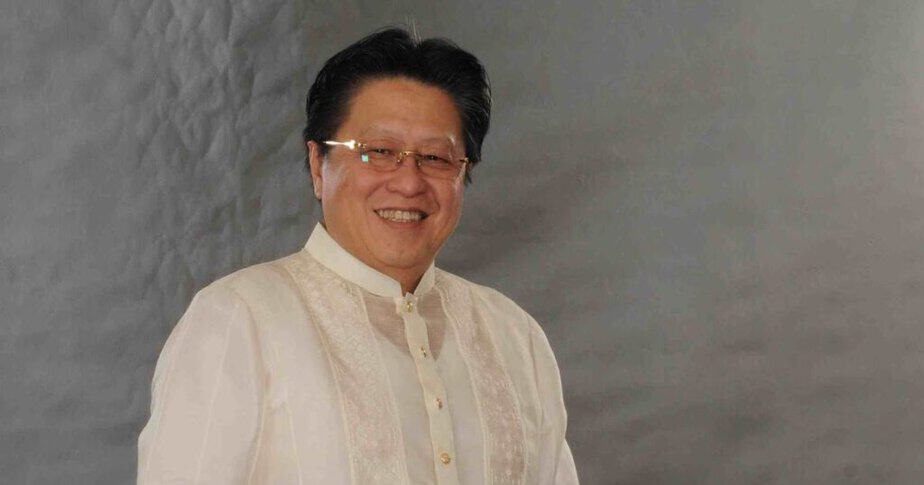
8. Cecilio Kwok Pedro (Lamoiyan Corporation)
Cecilio Kwok Pedro’s journey is a true example of the Filipino entrepreneurial spirit. When his Aluminum Container Inc. went out of business in 1986, he didn’t give up. Instead, he founded Lamoiyan Corporation and started producing affordable toothpaste brands like Hapee and Kutitap.
I buy Hapee Toothpaste these days. And it is great to know that this is a Filipino-made product. When I was young, we believed Eric Baines, so the only toothpaste we had in our house was Colgate. To many of us, toothpaste was Colgate.
Despite tough competition, Pedro’s innovative marketing, such as featuring Sesame Street characters, helped his brands succeed.
He also made significant contributions to the community by employing and educating hearing-impaired individuals. Pedro’s story shows that innovation and social responsibility can go hand in hand.
9. Alfredo M Yao (Zest-O)
Alfredo Yao’s story is about turning hardship into opportunity. After his father died, Yao did odd jobs to support his family. He learned printing and eventually started his own printing company. When he discovered the Doy Packaging technique from Europe, he launched Zest-O juice.
Zest-O became a hit, capturing 80% of the Filipino juice market. Yao later expanded into the airline industry with Zest Air. I once conducted a training the trainer program for Zest Air.
Yao’s journey teaches us that leveraging new technology and staying resilient can lead to remarkable success.
10. Joe Magsaysay (Potato Corner)
Joe Magsaysay started Potato Corner with a simple idea: flavored fries. Dropping out of school, he worked at a fast-food restaurant and later used his management skills to open the first Potato Corner cart in 1990.
The business grew rapidly, becoming a global franchise. Joe’s journey shows that with a unique idea and determination, you can build a successful business from scratch.
11. Milagros, Clarita, and Doris Leelin (Goldilocks)
The Leelin sisters, Milagros, Clarita, and their sister-in-law Doris, founded Goldilocks in a small Makati store. Their passion for baking and support from each other helped them grow their business into a national and international franchise.
Goldilocks now has around 420 stores and is a beloved brand. Their story highlights the power of family, passion, and hard work.
12. Maria Y. Orosa (Innovative Food Technologist)
Maria Y. Orosa was a pioneering food technologist who introduced innovative food preservation techniques. She created over 700 recipes, including the popular banana ketchup. During World War II, she used her knowledge to help feed the Filipino people and U.S. soldiers.
Maria’s contributions went beyond culinary arts; she was also a humanitarian. Her legacy teaches us the impact of combining science, creativity, and compassion.
13. Joel Cruz (Aficionado Germany Perfume)
Joel Cruz turned his passion for fragrances into a successful business with Aficionado Germany Perfume. Starting with a small capital, he built his brand by offering high-quality yet affordable perfumes.
Joel’s dedication to quality and marketing savvy helped him dominate the local market and expand internationally. His story shows that passion and strategic branding can lead to business success.
These stories of remarkable Filipino entrepreneurs show us that success doesn’t come easy. It requires hard work, innovation, and resilience. As college students, you have the potential to follow in their footsteps. Let these stories inspire you to dream big, overcome challenges, and make your mark in the world.
Remember, the journey may be tough, but the rewards are worth it. Keep pushing forward, and you might just become the next big name in entrepreneurship.
12-Step Guide to Entrepreneurial Success
Drawing from the inspiring journeys of the most successful entrepreneurs in the Philippines, here’s a 12-step guide to help you achieve entrepreneurial success.
Start with passion. Identify what you love and what drives you. Passion fuels perseverance and creativity. Joel Cruz turned his love for fragrances into Aficionado Germany Perfume, showing that a passion-driven business can lead to remarkable success.
Start small and simple. Begin modestly with whatever resources you have. Don’t wait for perfect conditions to start your business. Henry Sy began with a small convenience shop before building the SM empire, proving that even the biggest businesses can start from humble beginnings.
Identify market needs. Look for gaps in the market where you can provide value or solve a problem. Mariano Que recognized the demand for affordable sulfa antibiotics and started Mercury Drug, highlighting the importance of meeting market needs.
Innovate and adapt. Be flexible and ready to adapt to market changes. Continuous innovation is key to staying relevant. Tony Tan Caktiong added fried chicken and burgers to his ice cream shop, creating Jollibee, which shows the power of adaptation and innovation.
Leverage resources. Maximize the resources available to you, whether it’s knowledge, connections, or capital. Edgar Sia used his family restaurant experience to start Mang Inasal, demonstrating how leveraging existing resources can pave the way for success.
Persist through challenges. Overcome obstacles and keep pushing forward even when times are tough. Socorro Ramos kept National Book Store afloat during wartime censorship by selling other goods, teaching us the value of resilience and persistence.
Invest in quality. Ensure your products or services are of the highest quality to build trust and loyalty among your customers. Cresida Tueres maintained high-quality pizzas, leading to Greenwich’s success, proving that quality is a cornerstone of lasting business success.
Expand gradually. Scale your business gradually and sustainably to manage risks effectively. John Gokongwei Jr. expanded from small trading to large-scale manufacturing and beyond, illustrating the importance of steady and thoughtful growth.
Embrace franchising. Expand your business reach by offering franchises, allowing others to operate under your brand. Joe Magsaysay grew Potato Corner into a global franchise through effective franchising, showing that franchising can be a powerful tool for expansion.
Diversify ventures. Spread risks by diversifying your products or services, which helps capture new markets. Alfredo Yao expanded from juice to the airline industry with Zest Air, highlighting how diversification can lead to greater business stability and growth.
Maintain social responsibility. Incorporate social responsibility into your business model to make a positive impact on society. Cecilio Kwok Pedro provided employment and education opportunities for hearing-impaired individuals, demonstrating that businesses can thrive while also giving back to the community.
Focus on customer needs. Always prioritize the needs and satisfaction of your customers. Mariano Que Jr. expanded Mercury Drug by focusing on quality products and excellent customer service, showing that a customer-centric approach is essential for business success.
These 12 steps encapsulate the wisdom and strategies of some of the most successful entrepreneurs in the Philippines.
Remember, success is not an overnight achievement. It requires passion, persistence, and a commitment to excellence. Keep pushing forward, learn from every experience, and let these steps guide you toward your entrepreneurial dreams.
Quiz: Assess Your Chance of Entrepreneurial Success
Based on the 12-step guide, take this quiz to see how well-prepared you are for entrepreneurial success. Answer each question honestly to get the most accurate assessment.
1. Start with Passion
Do you have a strong passion for the business idea you want to pursue?
- A) Yes, I am deeply passionate about it.
- B) I like the idea but I’m not deeply passionate.
- C) I’m unsure about my passion for it.
- D) No, it’s just a way to make money.
2. Start Small and Simple
Are you willing to start your business on a small scale with the resources you have?
- A) Yes, I’m ready to start small.
- B) I prefer to start big but can consider starting small.
- C) I’m not sure.
- D) No, I want to start big or not at all.
3. Identify Market Needs
Have you identified a specific need or gap in the market that your business will address?
- A) Yes, I have identified a clear market need.
- B) I have a general idea but need more research.
- C) I’m not sure if there is a need.
- D) No, I haven’t identified a market need.
4. Innovate and Adapt
Are you open to changing your business model or products based on market feedback?
- A) Yes, I’m very open to adaptation.
- B) I’m somewhat open to changes.
- C) I’m not sure.
- D) No, I want to stick to my original plan.
5. Leverage Resources
Do you have resources (knowledge, connections, capital) that you can leverage for your business?
- A) Yes, I have several resources I can use.
- B) I have some resources but need more.
- C) I’m unsure about my resources.
- D) No, I don’t have significant resources.
6. Persist Through Challenges
Are you prepared to face and overcome significant challenges in your entrepreneurial journey?
- A) Yes, I’m ready to face any challenge.
- B) I’m prepared but a bit worried.
- C) I’m unsure if I can handle challenges.
- D) No, I’m not sure I can handle significant challenges.
7. Invest in Quality
Do you prioritize high quality in your products or services?
- A) Yes, quality is my top priority.
- B) Quality is important but so is cost.
- C) I’m unsure how important quality is.
- D) No, I prioritize cost over quality.
8. Expand Gradually
Are you willing to grow your business step by step, managing risks effectively?
- A) Yes, I prefer gradual growth.
- B) I’m open to it but need more understanding.
- C) I’m unsure about gradual growth.
- D) No, I want rapid growth from the start.
9. Embrace Franchising
Would you consider franchising as a way to expand your business?
- A) Yes, franchising is part of my plan.
- B) I might consider it in the future.
- C) I’m not sure about franchising.
- D) No, I don’t want to franchise my business.
10. Diversify Ventures
Do you plan to diversify your products or services to spread risks?
- A) Yes, diversification is key to my strategy.
- B) I might diversify later on.
- C) I’m not sure about diversification.
- D) No, I want to focus on a single product/service.
11. Maintain Social Responsibility
Do you plan to integrate social responsibility into your business model?
- A) Yes, social responsibility is important to me.
- B) I think it’s important but not a priority.
- C) I’m unsure about social responsibility.
- D) No, it’s not part of my business plan.
12. Focus on Customer Needs
Is prioritizing customer needs and satisfaction central to your business approach?
- A) Yes, customers are my top priority.
- B) Customers are important but so are other factors.
- C) I’m not sure how important customer focus is.
- D) No, I prioritize other aspects over customer needs.
Scoring Your Quiz
For each “A” answer, give yourself 3 points.For each “B” answer, give yourself 2 points. For each “C” answer, give yourself 1 point. For each “D” answer, give yourself 0 points.
- 30-36 points: You are well-prepared for entrepreneurial success! Keep up the passion and hard work.
- 20-29 points: You have a solid foundation, but there are areas to improve. Focus on those to boost your chances of success.
- 10-19 points: You have some work to do. Consider learning more about entrepreneurship and improving your strategies.
- 0-9 points: You might need to reassess your approach and make significant changes to increase your chances of success.
Use this quiz as a tool to identify your strengths and areas for improvement.
Remember, success comes from continuous learning and adaptation. Keep pushing forward, and you’ll be on your way to achieving your entrepreneurial dreams!




